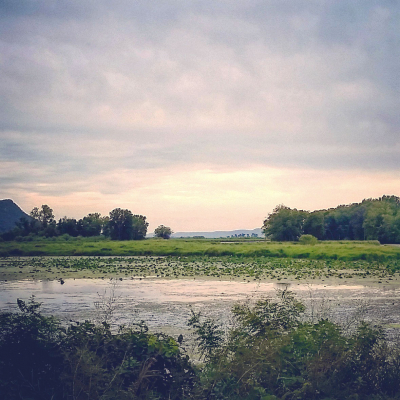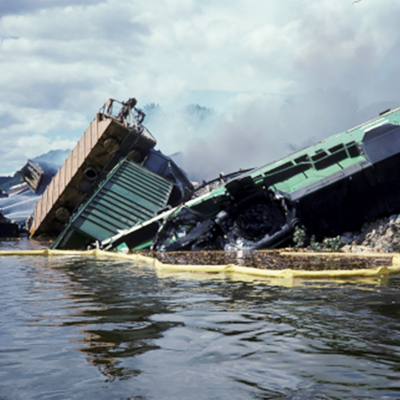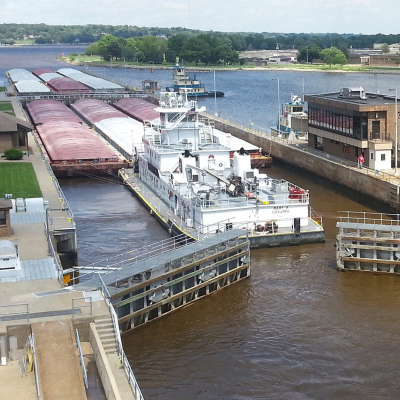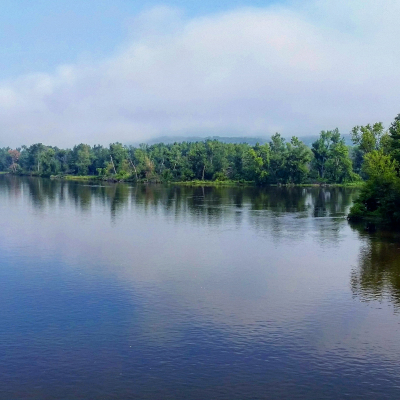UMRBA established a Water Quality Initiative in 1992 in order to design a regional, integrated water quality protection strategy with goals and objectives for future action. The Initiative focused on two primary issues: sedimentation and toxic pollution.
UMRBA's initial strategies were to establish quantifiable reduction goals and identify and prioritize sources of pollution to target for reduction measures. As a first step, UMRBA hosted two regional workshops in February 1993 focused on sedimentation and on toxic pollution. UMRBA concluded that sediment delivery rates, erosion rates, accumulation rates, sediment contamination is largely unknown and that establishing reasonable management goals would require an iterative process.
UMRBA set an interim qualitative goal to “minimize sedimentation rates to sustain and improve human, fish, and wildlife resources for the foreseeable future,” as well as the following strategies:
- Establish quantifiable tributary and mainstem sediment loading goals.
- Prioritize those areas and watersheds to target for sediment reduction.
- Refine and coordinate monitoring as necessary to support development, implementation, and evaluation of sediment reduction efforts.
- Coordinate, integrate, and focus existing programs in order to maximize the sediment reduction benefit realized by the river from such programs.
- Gain agreement among public agencies, industry, agriculture, environmental groups, and other interested parties on how to implement sediment reduction in the targeted areas. This might include coordination of existing programs as well as new initiatives.
- Conduct a public information and education campaign. This will be an on-going effort throughout the planning phase and will be tailored to the demands of each step. It will also be coordinated with the outreach and education efforts related to the toxic pollution component of the initiative.
UMRBA also recognized that significant, dedicated resources and effort are required to proceed further to effectively a water pollution control strategy. While there are a number of federal-level opportunities for support that could be pursued (e.g., CWA reauthorization, farm bill), federal support is not likely to be forthcoming absent a strong expression of state support. Participants recommend that each basin state make a clear and definitive commitment to this effort at the highest policy level.




